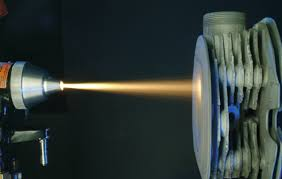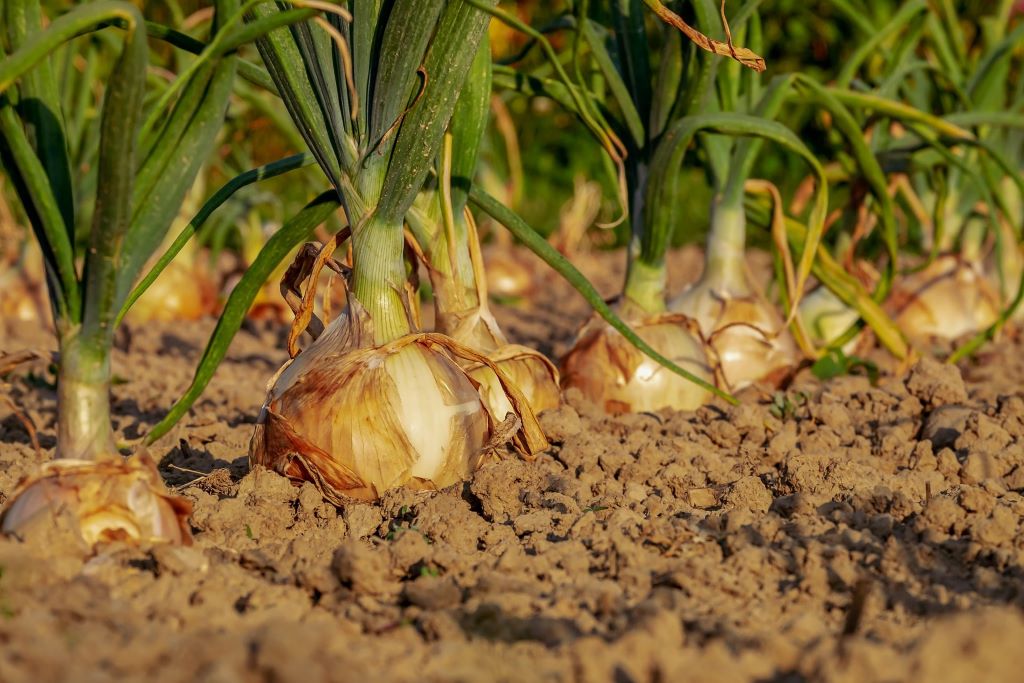Spray powders play a critical role in numerous industrial applications, and getting them right can be challenging. The best spray coatings have a noticeable impact on the finished component, extending service life and enhancing performance.
Thermal spray powders can be categorised into several main groups, each with unique applications. One critical factor in powder selection is their physical properties. These play an essential role in the eventual success of the spraying operation. Let’s examine the physical properties that affect the spraying process: particle size and distribution, shape, and flowability.
Fine powders vs coarse powders for particle distribution
Fine or coarse powders are identified by particle size, which directly impacts delivery, heating conditions and coating density. Generally, materials with poor thermal conductivity, high melting points and high densities require fine powders for the same heat source.
Particle size distribution should always meet coating performance needs and process requirements. For example, a narrow particle size will achieve dense, uniform coatings but is less cost-effective than spraying with a coarse powder.
Higher temperatures and extended jets allow for coarser powders when working with plasma spray. Similarly, water-stabilised plasma spray allows for higher temperatures than gas-stabilised plasma spray, again favouring coarser powders.
A mixture of fine and coarse powders may be specified for a cost-effective coating with good density.
Spherical powders vs irregular powders for flowability
The ability of a powder to flow is a critical indicator of its suitability for thermal spraying. Good flowability is crucial for an even coating and delivery, with alloy powders measuring 20 to 45 seconds per 50 grams on a Hall flowmeter. By contrast, ceramic powders have poor flowability and are prone to clogging.
Particle shape can have a massive impact on functionality. Spherical powders exhibit the best flowability due to their uniformity of shape and smoothness. However, irregularly shaped powders exhibit reduced flowability due to the ‘bridging’ phenomenon and the internal friction between particles. Spherical powders offer even heat distribution for less oxidation during high-temperature spraying.
Understanding the physical properties of spray powders and their impact on the spraying process is essential for achieving fantastic end results.





